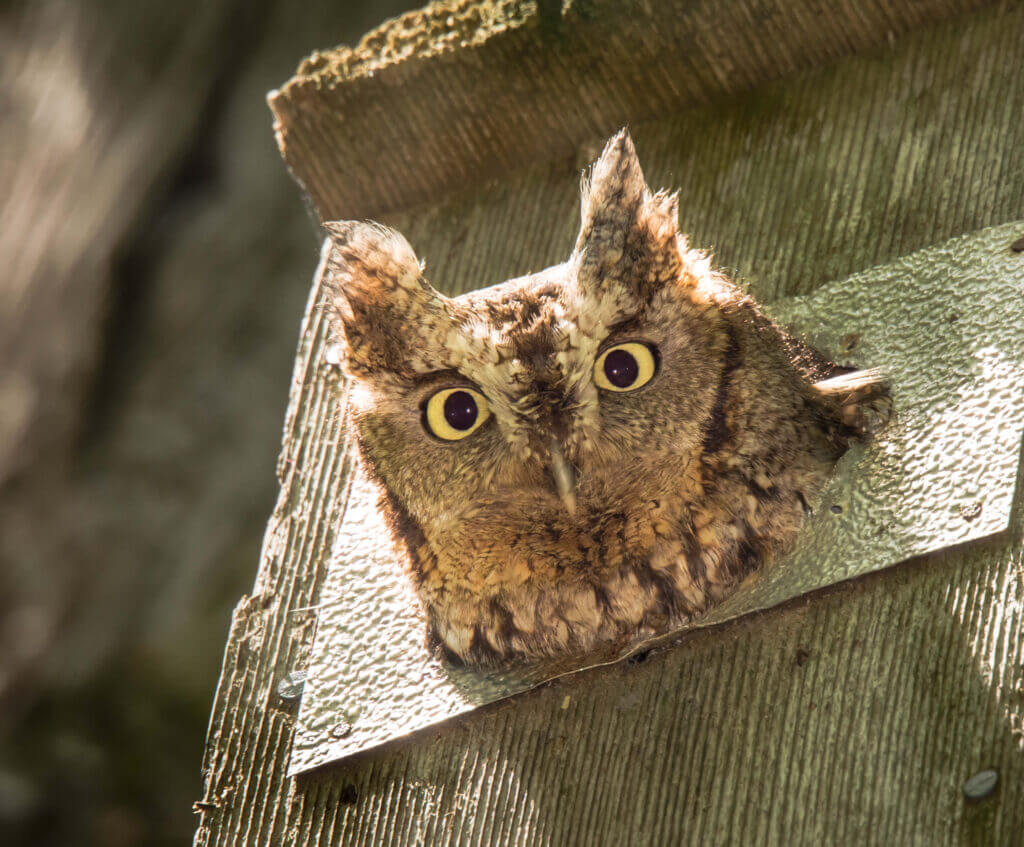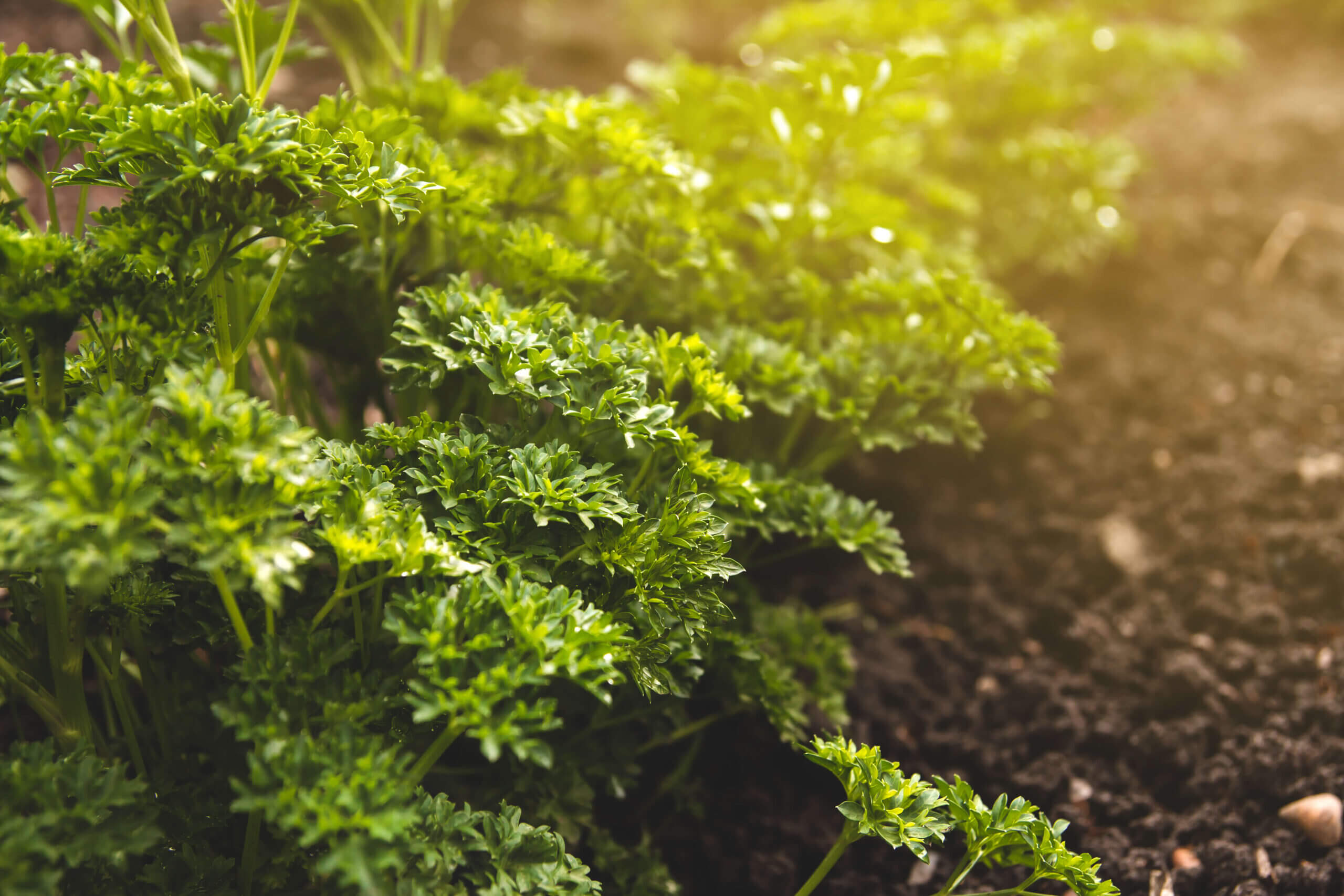By Christine Pinna
With the increase in awareness about the environment and the effects our day-to-day choices have on it, you may be wondering if there is a more eco-friendly way to run your stable yard. There are many benefits of making eco-friendly changes that are not only good for the environment but also very often beneficial to the animals and people that live and work in the general area. While some eco-friendly choices may be more expensive initially, they often have the benefit of being cost-saving in the long run, and some eco-friendly choices are cost-saving from the outset!
Bug, parasite and pest control
With the increase in dewormer resistance, it is imperative that one does worm counts before proceeding to give your horse a dewormer. This is not only a great way to avoid contributing to the current worm resistance challenges, but it can also reduce the number of chemicals your horse and, ultimately, the environment are exposed to. It is always best to do worm counts before and after deworming to ensure that what you are doing is working. Having said all of that, I have realised that the most powerful way to avoid an excess of worms in the horse population is to remove manure from the paddocks daily or even twice daily if you have a high number of horses in a small area. Rotating your grazing is also very helpful, especially directly after deworming.
For flies and biting insects, choose a natural fly spray over chemical options. These days, chemical-free options are plentiful, and it is very much worth trying them out before resorting to chemical options. Fly predators – tiny, harmless wasps that consume the larvae or flies – are also very helpful in reducing your general fly population. And fly traps can be very effective, although I suggest placing them a bit further away from your stables or shelters and downwind, as they do attract flies. Some people have found a reduction in flies when they have introduced chickens to their yard. I’m a bit undecided on this one as I also find that chicken manure is particularly attractive to flies which can be a real bother. However, I’d still give it a try – worst case scenario, you get eggs, and chickens are absolutely marvellous at breaking down the manure heap, making it usable more quickly.
There are certain natural sprays and tick greases that can repel and kill ticks, although I find that in a mild to moderate tick area, I can get away with simply spending a few minutes de-ticking the horses daily. I have also had success sponging down the horses with a strong tea made with khakibos, garlic and wormwood after de-ticking, resulting in the horses coming in for their afternoon feed carrying fewer ticks. If this is not practical in your situation, please choose an oxpecker-friendly dip which should be clearly stated on the label. After arsenic-based tick dips almost decimated various oxpecker populations, their numbers have slowly been increasing thanks to dips no longer being arsenic-based. This is exciting, as more oxpeckers mean fewer ticks.

For rats and mice, your best option is definitely a rodent-loving cat or a few cats. There are plenty of shelters that are over run with felines and a barn life can be a wonderful one for a cat. Owl boxes can also be placed on your property to attract owls; owls are one of the best rodent enemies. Failing that, humane rodent traps are a much kinder option than any kind of poison, both for the rats and mice and also for the owl population. If you choose this option, please ensure that you release the rodent near a water source to give it the best chance of survival.
Feeding
Growing your own hay may not be practical due to space limitations and the cost of implements or labour if done manually, but on some larger pieces of land or existing farms, this may be quite doable. The benefits of growing your own feed include cost-saving in the long run, as well as the possibility of avoiding using toxic weedkillers or certain fertilisers, which may, for instance, increase the iron content of your hay unnecessarily. Excess iron in a horse’s diet can cause many health issues, including a weakened immune system, poor hoof walls and coat quality, and performance issues.
If you have a fairly small property but not too many horses, you may still be able to grow some parts of your horse’s diet. A small area can supply a fair amount of lucerne, and it is easy to grow once established, provided you have sufficient water. While on a large scale, one would need to use tractors and balers, on a small scale for just a few horses, it may be possible to produce some or even all of the lucerne and hay your horse may consume. Conveniently, on a small scale, slashers or weedeaters can be used to harvest the lucerne before it is placed in a dry but well-ventilated area. This may involve some trial and error at first but can be highly rewarding in the long run.

One can use the same method for producing some of the herbs that horses typically consume. These can either be offered to the horse fresh or dried and can be milled and placed in the horse’s feed. If you are unsure about the properties and amounts of herbs to feed, please consult with an experienced herbalist. Beneficial herbs for horses include comfrey, dandelion, echinacea, oregano, parsley, wormwood and many others. I find it easiest to use my dehydrator to dry herbs. One can also make a simple solar dehydrator using old fan covers, wire and a laundry bag. Unfortunately, if you are in a humid or cold area, this may not be suitable for your environment.
If you are in an area of the world where organic feed is available, this may be an excellent choice, provided that it has a good mineral profile and isn’t overly high in sugar. Organic feed will generally be farmed sustainably and will be free of toxic chemicals found in pesticides.
Supplements
To reduce plastic usage as well as fuel consumption, consider buying supplements in bulk if this is affordable. Also, check if your supplement containers are recyclable and send them off to your nearest recycling plant if you cannot find alternative uses for them. It may also be worth suggesting to your favourite supplement company that they look into alternative and even compostable packaging, as many people haven’t thought of this yet.
Grooming
Next time you are stocking up on your favourite shampoos, tack cleaning products, coat conditioners and blanket and numnah washes, consider choosing an eco-friendly product free of harmful chemicals that end up polluting groundwater and streams. There are some highly effective products on the market that I feel work even better than the chemical options and they are also free of artificial fragrances and harmful substances.
For grooming brushes and hoof picks, look for ones that have wooden backs or other alternatives to plastic, as well as natural bristles. While some of these products can be more expensive, I’ve found them to last a whole lot longer than the usual plastic options.
Energy conservation
It is fairly easy to determine the energy consumption rating of various appliances. A Triple A rating is the most ideal. If you need to purchase items such as fridges, geysers, kettles and washing machines, look out for the labels or ask a salesperson for assistance.
Solar systems can be quite a costly option but they do save you a lot of money in the long run and are one of the most obvious ways to go green. You may not even need as big of a system as you think, so it is always worth getting a quote.
LED lights, solar lights and small wind-powered systems can also help to reduce energy consumption.
Stay tuned for more eco-friendly yard tips in Part 2!

